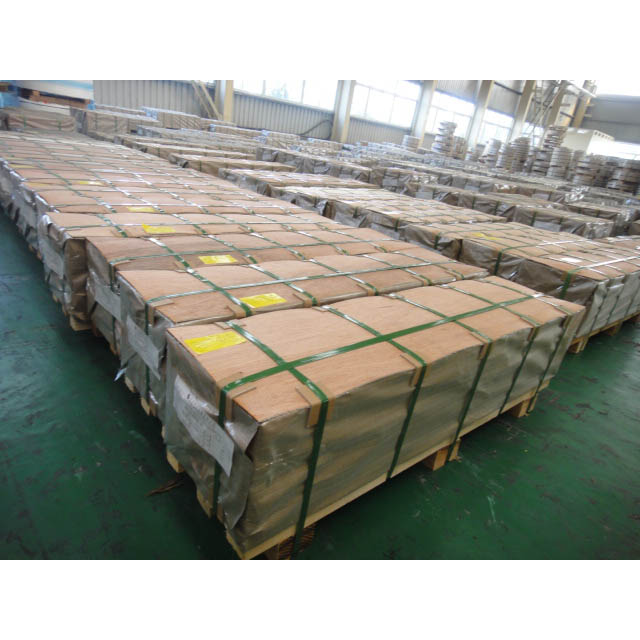The following factors need to be considered in choosing the thickness of stainless steel plate:
Application scenario: Determine the required thickness according to the use environment and functional requirements of the stainless steel plate. For decorative, domestic or light-duty applications, thinner stainless steel sheets may be more suitable. Thicker stainless steel plates provide more strength and durability if they need to withstand heavy pressure or be exposed to harsh environments.
Strength requirements: If it needs to withstand high pressure or heavy load, choosing a thicker stainless steel plate can provide better mechanical strength and ensure the stability and safety of the structure.
Corrosion resistance: The corrosion resistance of stainless steel is one of its most important characteristics. Generally speaking, thicker stainless steel plates have better corrosion resistance and can better resist the erosion of harsh environments such as humidity and acid and alkali.
Processing performance: Thinner stainless steel sheets are easier to process into various shapes, and can be processed by bending, cutting and welding. Thicker stainless steel plates require more processing capacity and equipment for applications requiring larger dimensions or more complex shapes.
To sum up, when selecting the thickness of stainless steel plate, factors such as the use environment, functional requirements, strength requirements, corrosion resistance and processing performance should be considered comprehensively to find the best balance point. If there are special needs, it is recommended to consult a professional engineer or stainless steel supplier for more accurate advice.



